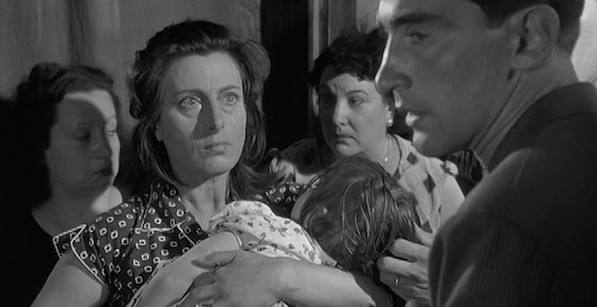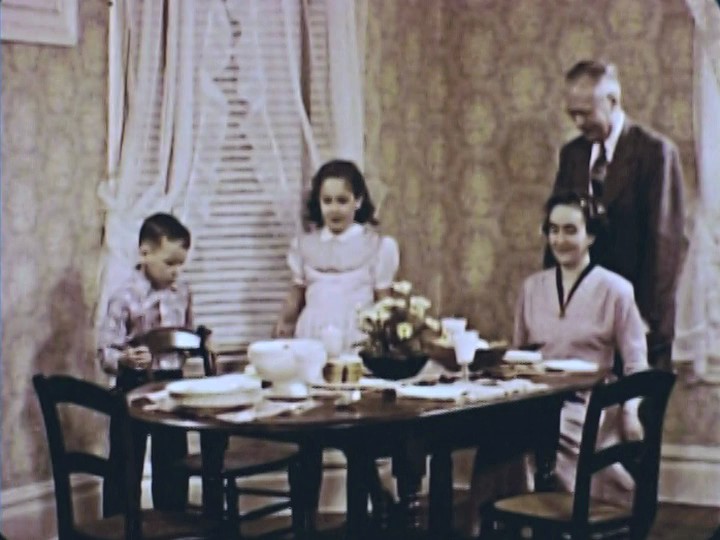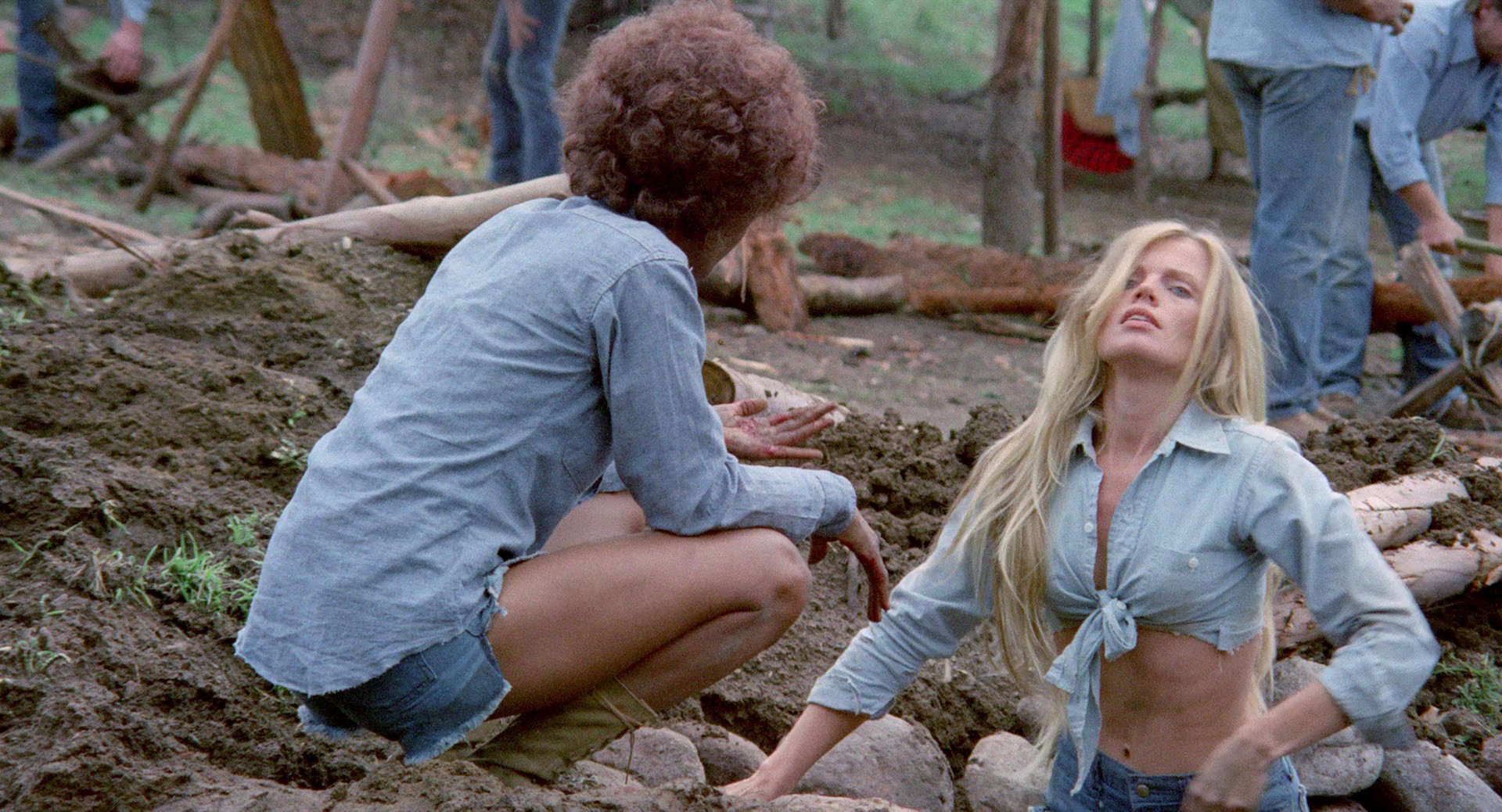[Editor’s note: As part of our Fifty Days, Fifty Lists project, the Film 101 series that continues today on Keyframe offers a short alternative course in cinema. By the time it’s completed in five parts over five weeks, you’ll have hit film’s floodlit high points and ventured down its dim back alleys. Notebook optional. For review, check out Film 101: Part One and for more, dip into Film 101: Parts Two, Three and, when it’s ready, Five.]
Bellissima (1952)
Europe led the charge toward bolder, more “frank” and “adult” moviemaking after World War II. First out of the gate was Italy, which shrugged off the fascist era’s glossy escapism with a striking turnabout toward unvarnished looks at postwar poverty and other social issues. The most famous of these influential neorealists were Roberto Rossellini (1945’s Rome: Open City) and Vittorio De Sica (Shoeshine, The Bicycle Thief). But such subsequent, more flamboyant stylists as Federico Fellini, Michelangelo Antonioni and Luchino Visconti also got their start working in the neorealist mode. Still a few years shy of entering his mature phase of operatic melodramas (The Leopard, Death in Venice), Visconti made the transitional 1952 Bellissima, an ideal vehicle for the larger-than-life (yet salt-of-the-earth) magnetism of Anna Magnani. She plays a poor woman desperately certain her little girl has a big future in the movies. That fever was contagious: Leading Italian studio Cinecitta would become Ground Zero for a dynamic industry’s prolific local and international co-productions over the next couple decades.
As Others See Us (1953)
America’s postwar prosperity didn’t just give birth to the “baby boom.” Many sectors were now alert to the uses of film beyond mere entertainment, spurring the rise of industries requiring skills akin to Hollywood, if providing little of its glory. The swelling classrooms were eager consumers of innumerable “social instruction” movies like this one, which tells you everything you need to know about being a clean, polite and date-able young citizen in the squeaky-clean Eisenhower Era. In retrospect, such odes to conformity would be considered pure camp. Educational and industrial films (the latter serving to train workers or promote companies) provided a career-launching platform for some world-famous talents, including Stanley Kubrick (2001: A Space Odyssey) and Robert Altman (M*A*S*H), as TV commercials and music videos did later on. While little is known about this St. Louis-shot short’s director, her place in the director’s chair during an era of virtually no prominent women directors demonstrates the wider employment opportunities available in these below-radar corners of cinema.
The Cry of Jazz (1959)
Though a small parallel industry making “race films” for segregated audiences survived in the 20th century’s first half, minority representation in mainstream films was minimal and mostly stereotypical until the 1960s. The same year that John Cassavetes made his landmark first feature Shadows, about an interracial romance, Chicago composer and arranger Edward Bland made this unique hybrid of documentary and drama. A mixed group of men and women debate the meaning of jazz, which their host calls “the musical expression of the triumph of the Negro spirit” over institutionalized adversity. This poetical, polemical short later makes the shocking pronouncement that “Jazz is dead,” calling for a next evolutionary step in culture and equality that anticipates the changes the Civil Rights Movement would soon demand. With music by Sun Ra, among others, The Cry of Jazz is ahead of its time in many ways, and indeed shocked many viewers at the time with intellectual musings some considered “Black racism.”
Sins of the Fleshapoids (1965)
Experimental film came of age in the 1960s, when a vogue for “underground cinema” became a key element among that era’s many artistic “revolutions.” While much work was variously abstract, political, psychedelic or autobiographical, there was also always a strong element of camp humor and gay identity amongst the filmic avant-garde. Two pioneers were the brothers Kuchar, George and Mike. The Bronx twins began making their own 8mm films as teenagers in the 1950s, deploying neighborhood friends in absurdist potboilers with names like The Naked and the Nude. Mike’s 1965 16mm epic Sins of the Fleshapoids stars a bejeweled George as an evil prince amongst hunks, hussies and humanoids in a kitschy sci-fi future. The “midnight movie” circuit grew out of movies like these, which amused audiences of stoned hipsters and influenced such cult favorites as Andy Warhol and John Waters.
Terminal Island (1973)
Worn down by daring European imports and a rapidly changing society, Hollywood’s one-size-fits-all approach to content finally died a much-belated death. In 1968 the Motion Picture Association of America instituted its still-operative ratings system, which classified movies for release in terms from G (suitable for all ages) to X (no one under 18 admitted). This presumably protected innocent eyes from offending sex and violence; it also made it a lot easier for filmmakers to depict sex and violence. While this allowed the creation of such hitherto unthinkably envelope-pushing classics as Midnight Cowboy and A Clockwork Orange, the “new permissiveness” was no less a boon to myriad more crassly commercial-minded projects. A variation on the “WIP” (Women in Prison) movies then popular at drive-ins and grindhouses, Terminal Island finds the battle of the sexes getting bloody indeed between inmates fending for themselves at the titular maximum-security facility, a literal island off the California coast. A protege (like many, including The Godfather’s Francis Ford Coppola and Silence of the Lambs’ Jonathan Demme) of leading exploitation producer Roger Corman, director/co-scenarist Stephanie Rothman managed to inject ideas about radical politics, feminism and racial equality amidst the inevitable nudity and gore. So long as the latter box-office virtues were present, it was an era when “trashy” genre cinema could afford to take such creative risks.






